READY TO GET STARTED?
REQUEST A FREE ESTIMATE
Fill out the form below or call (888) 466-7849 for a free, no-obligation estimate.

The weather is still a bit chilly, but spring is just around the corner and that means more wildlife will be out and about. Just because they left your attic alone this past winter doesn’t mean they won’t be attracted to it for the springtime. This is the time of year they will be searching for shelter to bear and rear their young. They are well-adapted to urban life and will typically be attracted to homes to find a safe place to settle down. Let’s go over which animals it’s time to keep an eye out for:
Most wildlife creatures are generally harmless but can be problematic if they get inside your home. Wildlife control begins with prevention. Here are some handy tips:
If you suspect a problem with wildlife or other pests, give your local wildlife control company a call today for a free inspection!
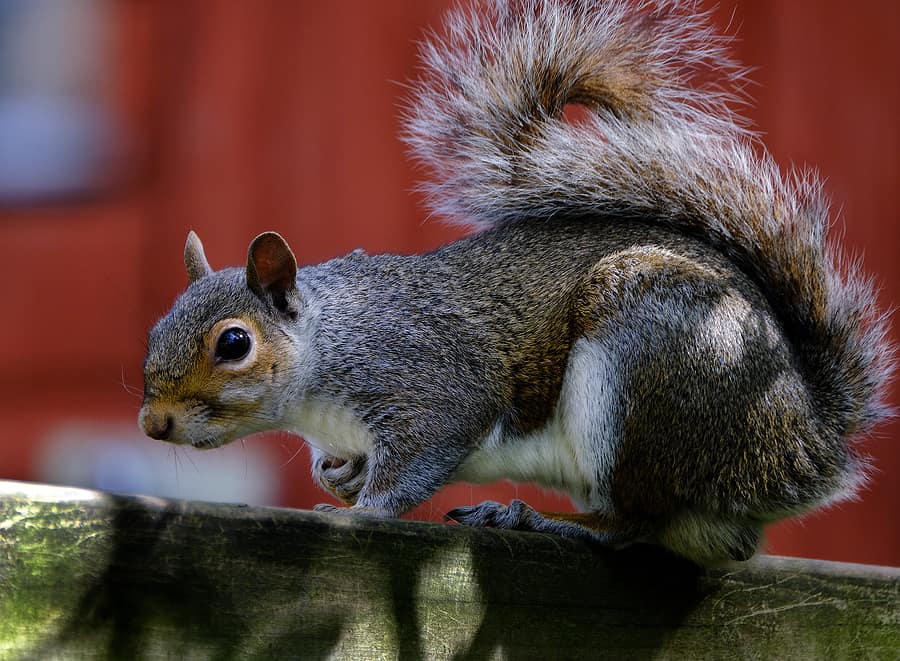
With spring upon us we can look forward to nicer weather, fresh air, and more time spent outdoors. The same is true for wildlife. This time of year these pests are emerging from hibernation in search of food, water, and the perfect nesting spot to have their first litter of the year. Here are some of the most common spring wildlife creatures and some general tips on wildlife prevention.
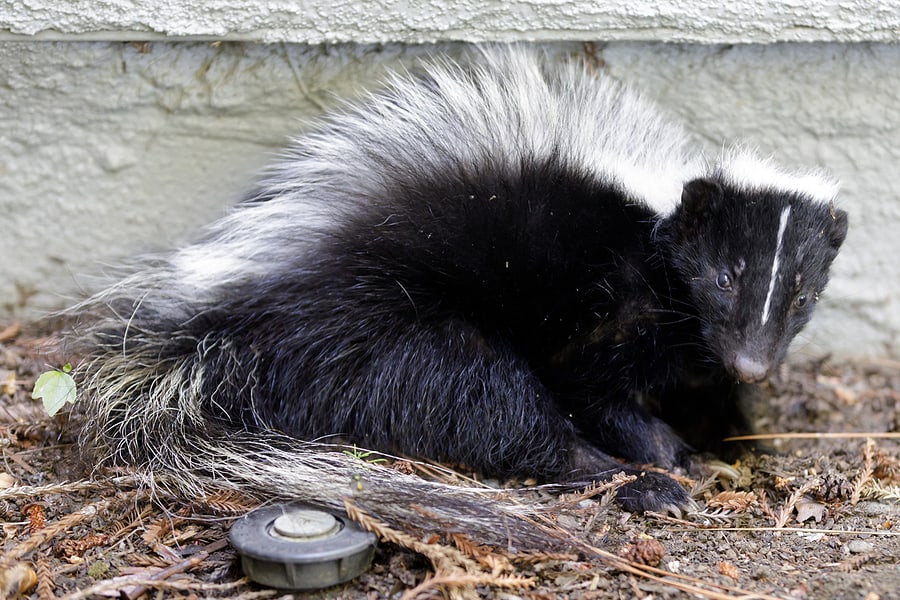
Skunks emerge from hibernation and become much more active in the spring. Skunks usually birth their first litters in early to mid-spring, as well. Skunks can cause damage to your property by burrowing under buildings. They are also known to spray noxious fumes when they feel attacked or cornered. Skunks are also the second most common carriers of rabies.
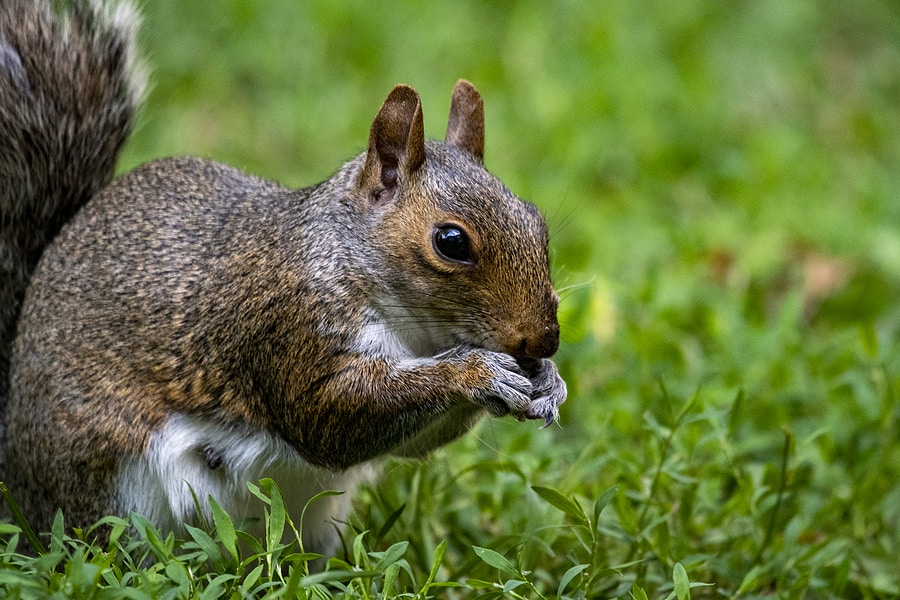
Although squirrels are not as common indoors as their other rodent cousins (mice and rats), once their hibernation period is over they will awaken looking for food and nesting sites. Squirrels also have their first litters in the spring. Squirrels can get into attics and wall voids, chewing holes, electrical wires, and phone cables.
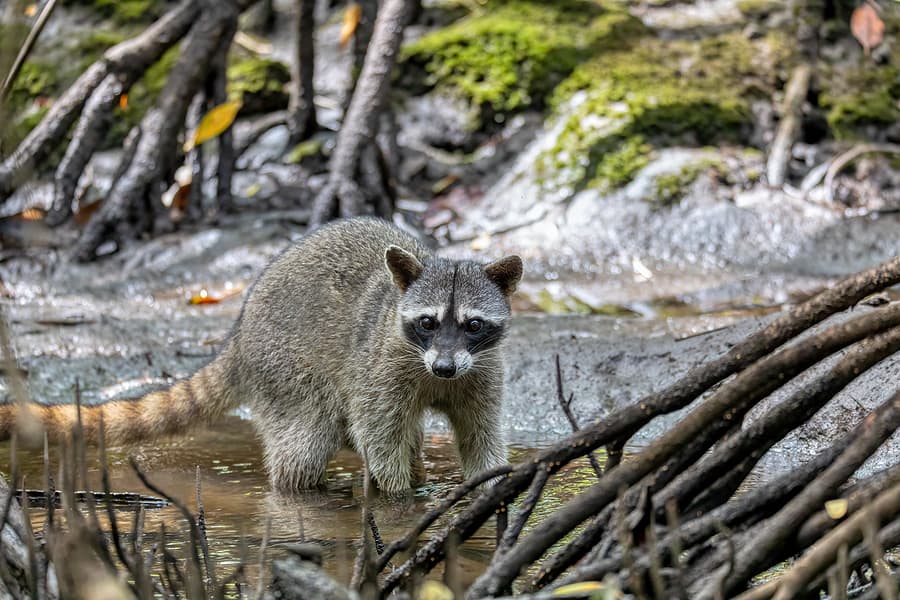
Raccoons don’t usually hibernate but they are much less active in the winter. They have their young in the spring, often going in search of food and water to nourish them. Raccoons are very smart and will often get into trashcans at night. They can also be destructive to homes and lawns and will attack if they feel cornered. Raccoons are also known carriers of rabies.

Snakes start emerging from brumation/hibernation in early to mid-spring when they start laying their eggs. Snakes will often look for nesting sites in wood piles, under porches, under rock piles, and other shady, secluded areas around your home.
Most wildlife are generally harmless to humans but can become problematic if they get inside your home. Wildlife control starts at home with prevention. Help keep wildlife out with these handy tips:
If you suspect a problem with wildlife or other pests, contact a professional pest control company for a full analysis and treatment plan.
What is the Red Imported Fire Ant?
Do Swarming Termites Mean an Infestation?
How Do I Know if I Have Bed Bugs?
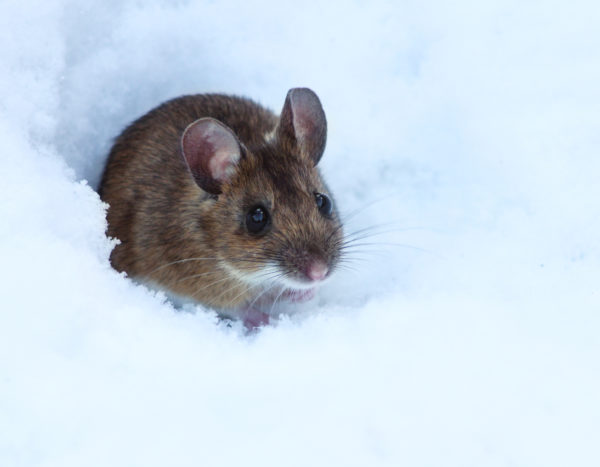
During the colder months of winter, most of us like to stay bundled up and warm – with warmer clothes and inside our cozy homes. Unfortunately, many animals also seek this same shelter and warmth in the winter – oftentimes in our homes! Do you know which animals can cause problems for you during these colder months? What can you do to prevent them from seeking shelter in your home? Check out these common winter wildlife pests and 6 ways you can prevent them.
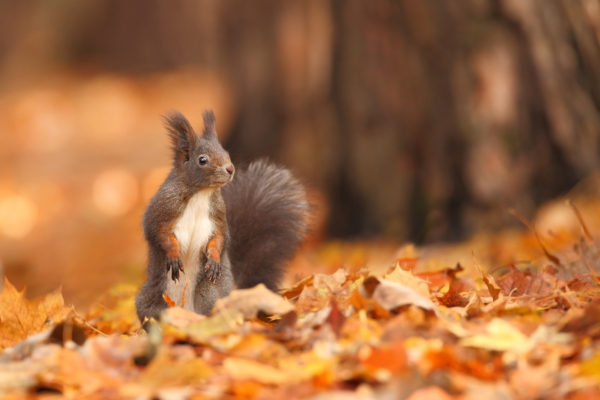
Squirrels can be a problem year round. They don’t hibernate in the winter and stay very active. They like to seek shelter and warmth in attic spaces. They may also seek out your attic as a storage space for their winter stash of nuts, grains, and seeds so they don’t have to search for food in the cold winter months. Squirrel nests are easy to spot in the winter in bare trees. Squirrels are notorious chewers – so if you have them in your attic you can expect your wood, insulation, and electrical wiring to suffer damage.
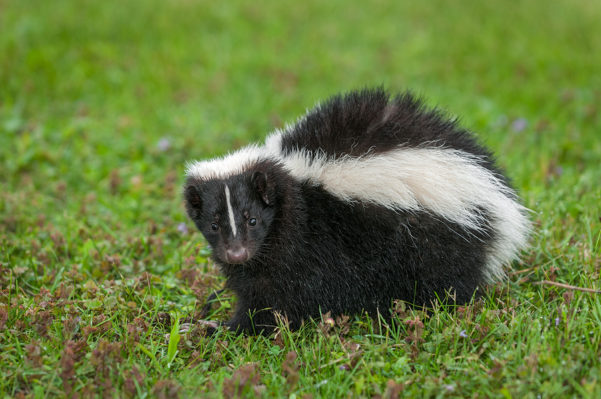
Skunks live in the same areas during the winter as they do in the summer. They like to burrow under our decks, patios, and stoops. Skunks don’t technically hibernate, but they do lower their body temperature and heart rate in the winter to conserve energy and therefore become less active. They can go up to a week without food and water but will venture out on a semi-regular basis in search of sustenance. They live in larger communities in the wintertime for warmth.
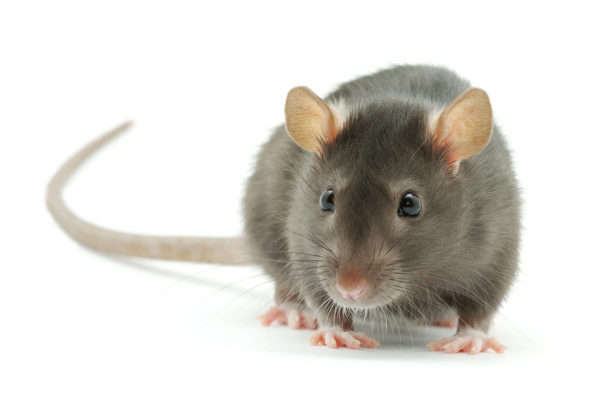
Rats and mice are also year round pests but they can become more of a problem in the winter. These rodents seek out warmth, food, shelter, and water inside our homes during the harsh winter months. They can squeeze into your home through extremely small openings. Like squirrels, they are also notorious for chewing through insulation, wiring, and wood.
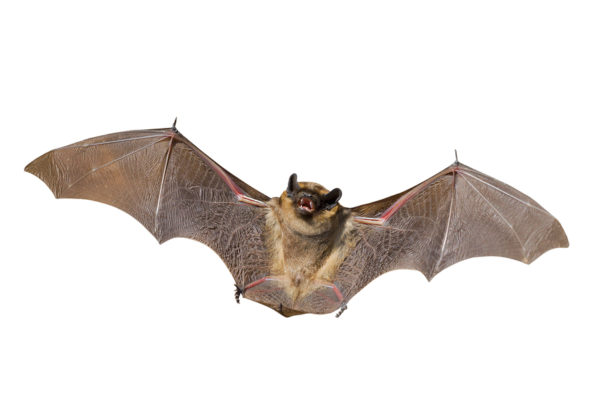
There are at least 40 different species of bats in the United States. Bats are mostly active in the summer months and will hibernate in the winter. They will, however, hibernate in your attic! Bats like to roost in attics, belfries, behind shutters, and loose boards. They are carriers of rabies and can spread disease.
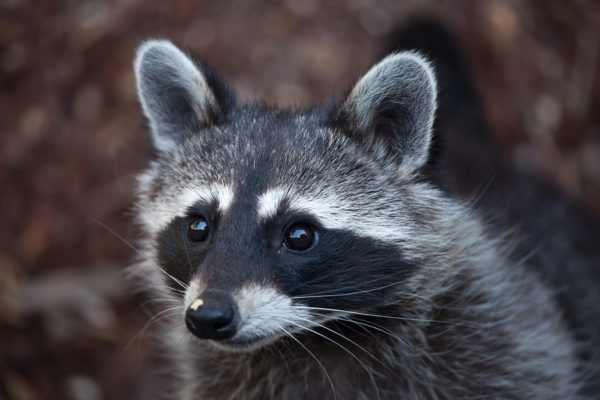
Raccoons are nocturnal and rarely seen during the day. Raccoons can cause significant damage to roofs and chimneys in their search for den sites. They will also get into crawlspaces in search of den sites. They are a major carrier of rabies.
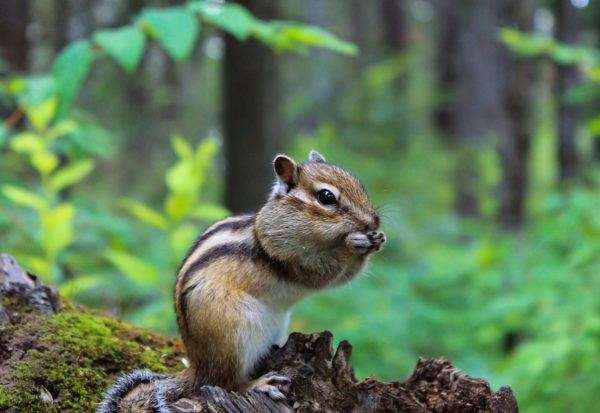
Chipmunks are like squirrels in that they gather and store their food in the fall. They are less active in the colder weather, lowering their body temperatures and heart rates to conserve energy. They usually make their nests in underground burrows that can be up to 10 feet long. They will venture out every few days to eat, drink, and go to the bathroom. Oftentimes they will use attics as a storage space for their winter stash.
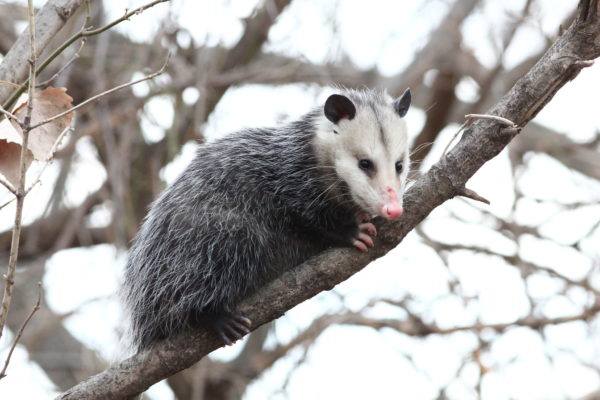
Opossums are the only marsupial found in North America. They will occasionally make their dens in attics and garages. They are known to make very messy nests. Opossums have very sharp teeth and will show them, as well as hiss, when they feel threatened. They are known to bite in very rare cases.
Winter wildlife can be a problem especially if they build a nest or store food in or near your home in the wintertime. The cold weather also doesn’t eliminate the diseases that they carry and spread. If these pests get into your home they can cause significant damage to your roof, insulation, foundation, wiring, and more. What can you do to prevent winter wildlife from making your home theirs? Check out these 6 tips to prevent winter wildlife.
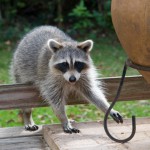 Changing temperatures means changes in the types of pest you may see around your area. One of the reasons you may soon see certain pests less is because of hibernation. Hibernation is a period of inactivity in animals during which they experience lower body temperatures, slower breathing and lower metabolic rates. Most people think that hibernation is just an animal sleeping but it’s more about the animal conserving energy during winter when food supplies are limited.
Changing temperatures means changes in the types of pest you may see around your area. One of the reasons you may soon see certain pests less is because of hibernation. Hibernation is a period of inactivity in animals during which they experience lower body temperatures, slower breathing and lower metabolic rates. Most people think that hibernation is just an animal sleeping but it’s more about the animal conserving energy during winter when food supplies are limited.
To prep for hibernation, animals spend the autumn foraging for food, which means they might be around or even inside your home searching for a treat! Animals that spend the autumn prepping for hibernation include bats, chipmunks, squirrels, raccoons, skunks, and bears. In addition, cold-blooded critters hibernate too because the cold weather causes their body temperatures to drop. These animals include bees, earthworms, frogs, toads, lizards, turtles, snails and snakes. You won’t have to worry worry about these animals foraging for food as they tend to hide away around the time autumn hits.
Make sure not to tempt these animals on to your property by maintaining a clean home and making sure the trash is not easily accessible. Northwest Exterminating can help guard your home by providing services such as Complete CrawlSpace and TAP Attic Insulation. If you are interested in this service or more, please visit us at www.callnorthwest.com!
Sources:
 With cooler weather moving in it is the time of year where wildlife such as squirrels, rodents, raccoons, etc, begin to take refuge in your home. Animal control is important for the health of your home. Rodents make for unsanitary conditions by urinating, leaving droppings, chewing on wires, insulation, and other items in the attic, and can often carry disease. Some rodents can be dangerous and will attack if they feel that they or their young are in danger.
With cooler weather moving in it is the time of year where wildlife such as squirrels, rodents, raccoons, etc, begin to take refuge in your home. Animal control is important for the health of your home. Rodents make for unsanitary conditions by urinating, leaving droppings, chewing on wires, insulation, and other items in the attic, and can often carry disease. Some rodents can be dangerous and will attack if they feel that they or their young are in danger.
A common concern for wildlife is the threat of rabies. Rabies is a serious illness so we went to our health expert, Dr. Goo. Below, Dr. Goo talks about the risk rabies:
Rabies is a viral illness that can cause death and serious illness if untreated. If treated quickly and appropriately almost everyone can be cured of rabies.
The most important way to avoid rabies is to not be bitten or exposed to animals that potentially may have the rabies virus.
The most common animal exposures to rabies are from wild animals. Bats, raccoons, skunks, foxes and coyotes are the primary animals that carry rabies in the United States.
Pets can be protected from rabies by getting their rabies shots annually. Domestic animals rarely transmit rabies.
If you think you may have been exposed or bitten by an animal that has rabies you should call the Georgia Poison Center at 1-800-222-1222. You should also notify your doctor.
Remember, prevention and avoidance are the best defense against rabies.
Northwest Exterminating offers Wildlife Control for you and your family. The Wildlife Services Team specializes in the exclusion, removal, and control of wildlife nuisances like bats, raccoons, skunks, foxes and coyotes – the most common causes of rabies exposure.
For more detailed information about rabies exposure, treatment, prevention, and protection, please visit the Center for Disease Control and the Georgia Poison Center.
Dr. Goo